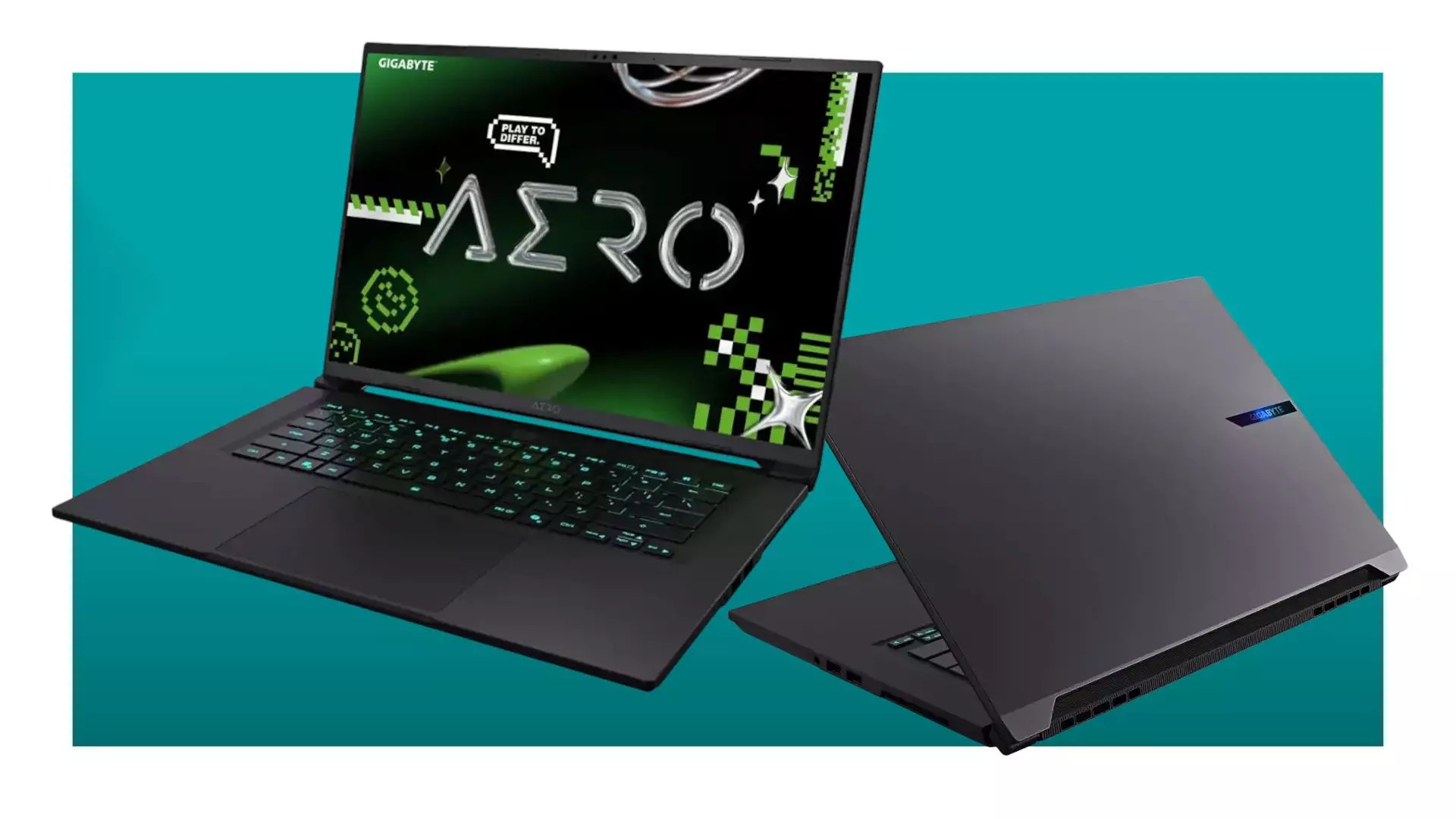In today’s fiercely competitive gaming laptop landscape, consumers face an overwhelming array of options, each promising to deliver the perfect blend of performance, portability, and aesthetics. This saturation, while beneficial in terms of choices, presents a critical challenge: how does one identify the configuration that offers true value? Manufacturers frequently capitalize on these choices, flooding the market with similar models that differ mainly in nuanced specifications. As a consequence, discerning players must scrutinize details beyond superficial features. It’s no longer just about getting the latest hardware—it’s about understanding how incremental upgrades influence overall gaming experience and future-proofing investments.
The Allure of Sleek Design Paired with High-End Hardware
Gigabyte’s Aero X16 embodies this delicate balance between style and substance. Its minimalist exterior combined with a robust internal configuration makes it an attractive prospect for gamers who refuse to compromise on aesthetics. The 16-inch IPS display with a 2560 x 1600 resolution and 165Hz refresh rate ensures vibrant visuals and fluid gameplay, elevating the immersive experience. Such a display configuration, while impressive, demands substantial GPU support to fully leverage its potential without sacrificing frame rate or visual fidelity. Here resides the core dilemma: the hardware choices—specifically between GPUs—can dramatically affect capabilities and value.
Decoding the Significance of GPU Differentiation
The critical divergence between the two models arises from the GPU configurations—one equipped with an RTX 5060, the other with a more powerful RTX 5070. At first glance, the difference might appear marginal due to the models’ striking similarity, but beneath this superficial resemblance lies a substantial performance gap. The RTX 5070 boasts approximately 38% more shaders and CUDA cores compared to its less expensive sibling, directly translating into superior handling of demanding titles and higher-quality settings at 1440p resolution. This isn’t mere luxury but a tangible upgrade that enhances gameplay smoothness, reduces reliance on upscaling technologies, and extends the lifespan of the laptop as newer game titles emerge.
Value Proposition: Is the Slight Price Premium Justified?
The question naturally arises: is a 13% increase in price—roughly $150—justifiable for these extra GPU capabilities? The answer hinges on the user’s expectations and future plans. For casual gamers, the RTX 5060 might suffice, especially if they are comfortable with occasional downscaling or employing DLSS 4 for smoother visuals. However, for enthusiasts seeking an optimal experience at higher settings, the RTX 5070 represents an investment in longevity and performance assurance. It ensures that the laptop remains relevant without the need for immediate upgrades, effectively offering better value over its lifecycle.
Performance Trade-offs and Future-proofing
Choosing between these two configurations is effectively a matter of anticipating one’s gaming needs. The RTX 5060 may handle current titles adequately but could falter with upcoming AAA releases that are increasingly shader-intensive. Conversely, the RTX 5070’s extra CUDA cores not only improve raw performance but also open avenues for higher resolutions, faster frame rates, and less dependency on software upscaling techniques. This foresight becomes crucial when considering how games and software evolve—what seems adequate today may turn into a bottleneck tomorrow. From an investment standpoint, paying a bit more upfront can save significant cost and frustration later, making the 5070-based Aero X16 a smarter choice for those who prioritize performance.
The Underlying Message: A Small Upgrade Can Significantly Impact Gaming Quality
In essence, the difference between the two models underscores an important principle in gaming tech: seemingly minor enhancements can dramatically influence the user experience. The GPU upgrade from RTX 5060 to RTX 5070 is not merely a line item on a specification sheet but a gateway to experiencing games as they were meant to be played—smoother, more detailed, and more immersive. As gaming continues to push hardware capabilities, strategically investing in better components becomes vital—not just for immediate performance but for maintaining relevance in an ever-evolving digital entertainment ecosystem.
Savvy consumers should view the RTX 5070 upgrade as more than just a marginal premium. It’s a potent step toward unlocking the full potential of the Aero X16’s sleek design and high-resolution display, ensuring that every gaming session feels seamless, stunning, and future-ready.


Leave a Reply